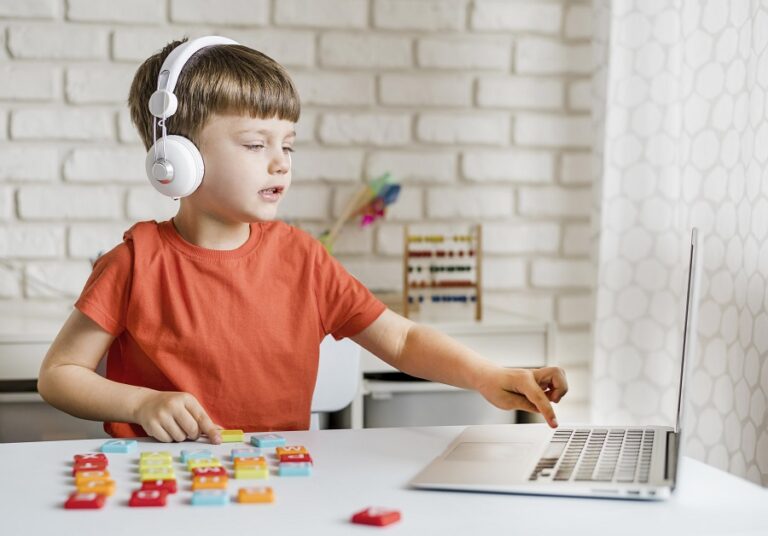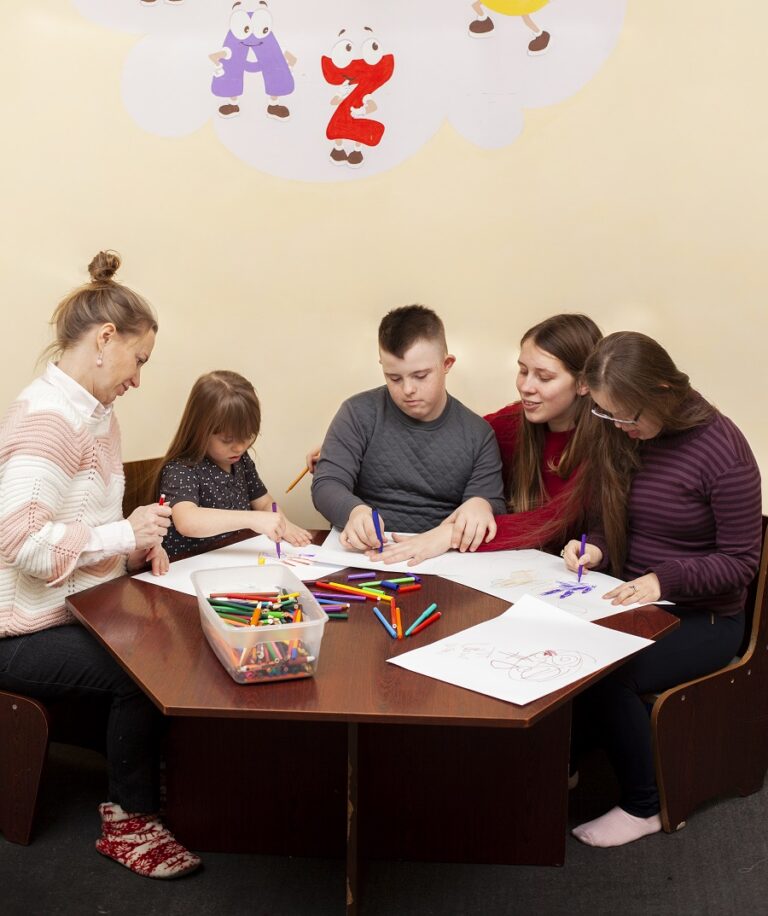Top Learning Activities for Kids That Don’t Feel Like Studying
Helping kids learn effectively often requires going beyond textbooks and traditional methods. In today’s world, children are more likely to engage with playful, hands-on, and creative activities than long study sessions. The secret is simple: when learning feels like play, kids naturally absorb more information and stay curious. That’s why many parents and educators are turning to smart learning activities that don’t feel like studying.
This article explores some of the best learning activities for kids that combine fun with education. Whether at home, in school, or outdoors, these activities help children build critical thinking, language, math, and problem-solving skills—without them realizing they’re actually learning.
1. Educational Board Games
Board games are a fantastic way to encourage learning in a relaxed, fun environment. Games like Scrabble improve vocabulary and spelling, while games like Monopoly teach basic math, strategy, and money management. Other educational games like Brain Quest or Math Bingo focus directly on school subjects while maintaining an exciting competitive aspect.
Benefits include:
- Building vocabulary and communication skills
- Practicing math and logical thinking
- Encouraging patience and turn-taking
2. Cooking and Baking Together
Cooking offers more than just tasty results. It introduces kids to math through measuring ingredients, science through understanding how heat changes matter, and language skills through reading recipes. It also encourages following instructions and boosts confidence as kids successfully prepare meals.
Benefits include:
- Real-world application of math and science
- Learning to follow sequential steps
- Enhancing reading and comprehension
3. DIY Science Experiments
Hands-on experiments like creating a baking soda volcano, growing crystals, or making slime let kids explore scientific concepts in a fun and visual way. These experiments spark curiosity and lead to natural questions about how and why things happen.
Benefits include:
- Understanding cause and effect
- Introducing basic chemistry and physics
- Encouraging observational and analytical skills
4. Storytelling and Puppet Shows
Encourage kids to create their own stories and act them out using puppets, dolls, or even hand-made characters. This activity develops imagination and narrative skills, and it strengthens verbal communication. Storytelling also improves sequencing and vocabulary without needing a structured classroom setting.
Benefits include:
- Enhancing creative thinking
- Practicing language skills
- Boosting confidence in speaking
5. Outdoor Nature Hunts
Organize a nature scavenger hunt where children look for leaves, rocks, insects, or flowers. Give them a checklist or picture guide to identify what they find. This helps them observe the world around them and learn about science, biodiversity, and ecosystems.
Benefits include:
- Developing observation and classification skills
- Encouraging outdoor activity and curiosity
- Learning about nature and the environment
6. Building with Blocks or LEGO
Using construction toys like LEGO or building blocks helps children explore architecture, design, balance, and geometry. When children build, they also practice planning, problem-solving, and spatial reasoning.
Benefits include:
- Strengthening fine motor skills
- Encouraging critical thinking and creativity
- Learning shapes, structures, and engineering basics
7. Educational Apps and Games
Many mobile games and learning apps are designed to educate through gamified learning. Apps like Khan Academy Kids, Prodigy, or ABCmouse provide interactive lessons in reading, math, and science through games, rewards, and animations.
Benefits include:
- Learning through technology
- Personalized educational content
- Encouraging daily practice in key subjects
8. Role-Playing Games
Playing shopkeeper, doctor, astronaut, or teacher allows kids to explore different roles and responsibilities. This type of imaginative play helps children develop empathy, social skills, and real-world understanding in a low-pressure environment.
Benefits include:
- Learning practical life skills
- Boosting social interaction and communication
- Improving memory through scenario-based play
9. Arts and Crafts Projects
Creating art projects is not only relaxing but also educational. Activities like drawing, painting, origami, or sculpting improve hand-eye coordination, focus, and creativity. Crafts can also be tied to academic topics—such as building a solar system model for a science lesson or crafting a historical figure from a history lesson.
Benefits include:
- Encouraging expression and emotional development
- Developing fine motor skills and patience
- Teaching colors, shapes, and patterns
10. Music and Rhythm Games
Incorporating music into learning activities can make memorization easier and more enjoyable. Singing educational songs, clapping rhythms, or using apps that teach instruments help develop language, math, and coordination.
Benefits include:
- Improving memory through melody and rhythm
- Boosting listening skills and pattern recognition
- Supporting language and early reading skills
11. Gardening Projects
Getting kids involved in gardening teaches them responsibility and patience. As they water plants, monitor growth, and learn about seasons and photosynthesis, they gain science knowledge in a natural and engaging setting.
Benefits include:
- Understanding life cycles and biology
- Promoting responsibility and care
- Connecting with nature and healthy habits
12. Treasure Hunts and Puzzles
Treasure hunts challenge kids to follow clues, solve riddles, and think critically. Similarly, puzzles like jigsaw puzzles or Sudoku develop logic, attention to detail, and spatial awareness.
Benefits include:
- Practicing problem-solving and memory
- Enhancing reasoning skills
- Providing teamwork and solo play opportunities
Conclusion
Learning doesn’t always have to take place in a formal classroom setting. The key to helping kids love learning is to make it a natural part of their daily life. Activities like games, cooking, storytelling, and outdoor exploration combine entertainment with educational value. When kids are having fun, they stay motivated, absorb more, and develop a genuine love for learning.
By incorporating these top learning activities into everyday routines, parents and educators can ensure that children continue to grow academically, socially, and emotionally—without ever realizing they’re studying. This approach to playful learning lays a strong foundation for lifelong curiosity and success.


